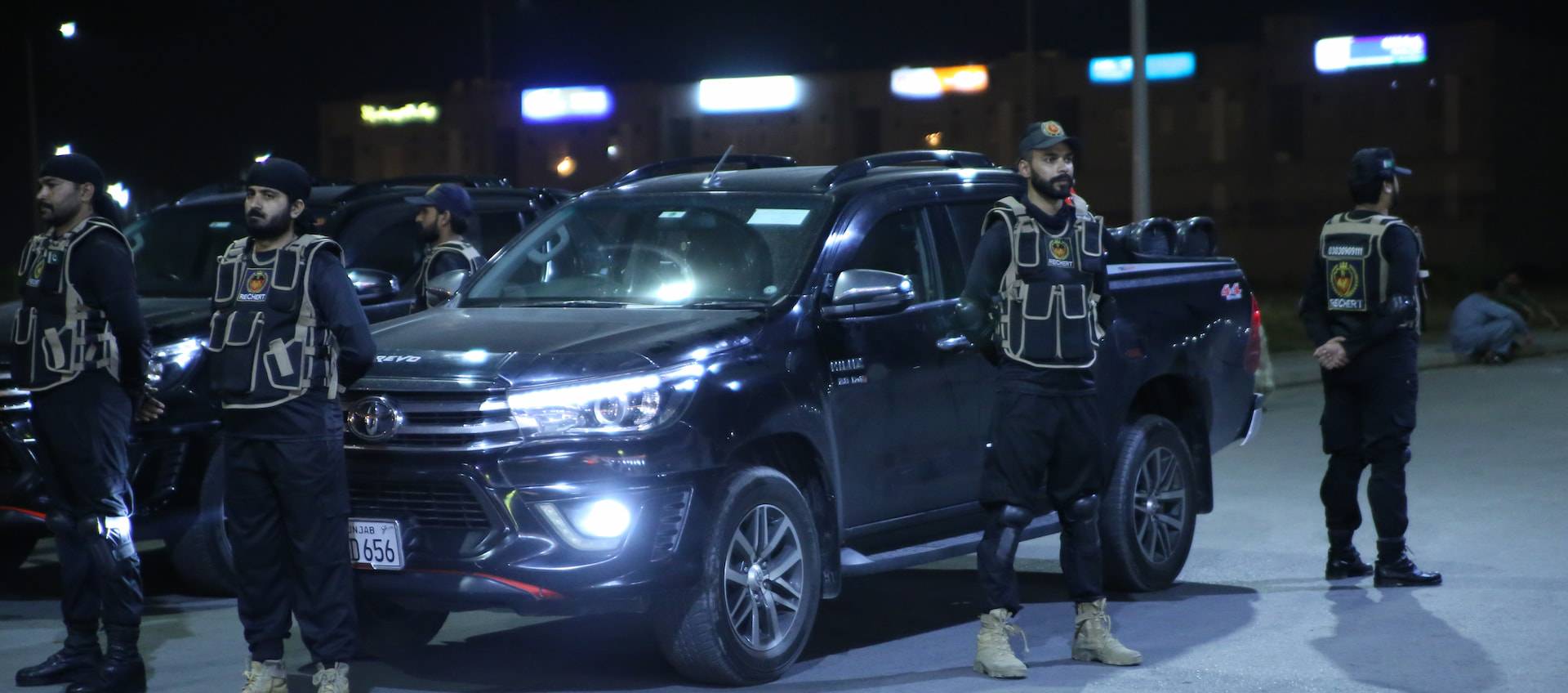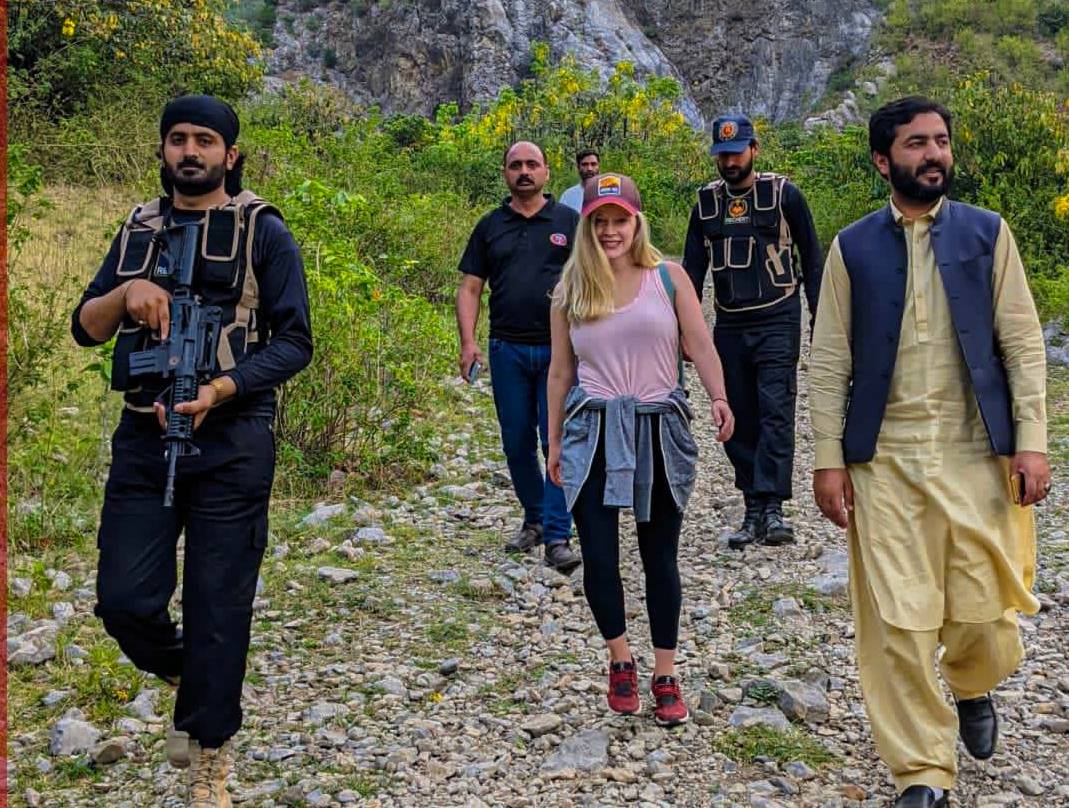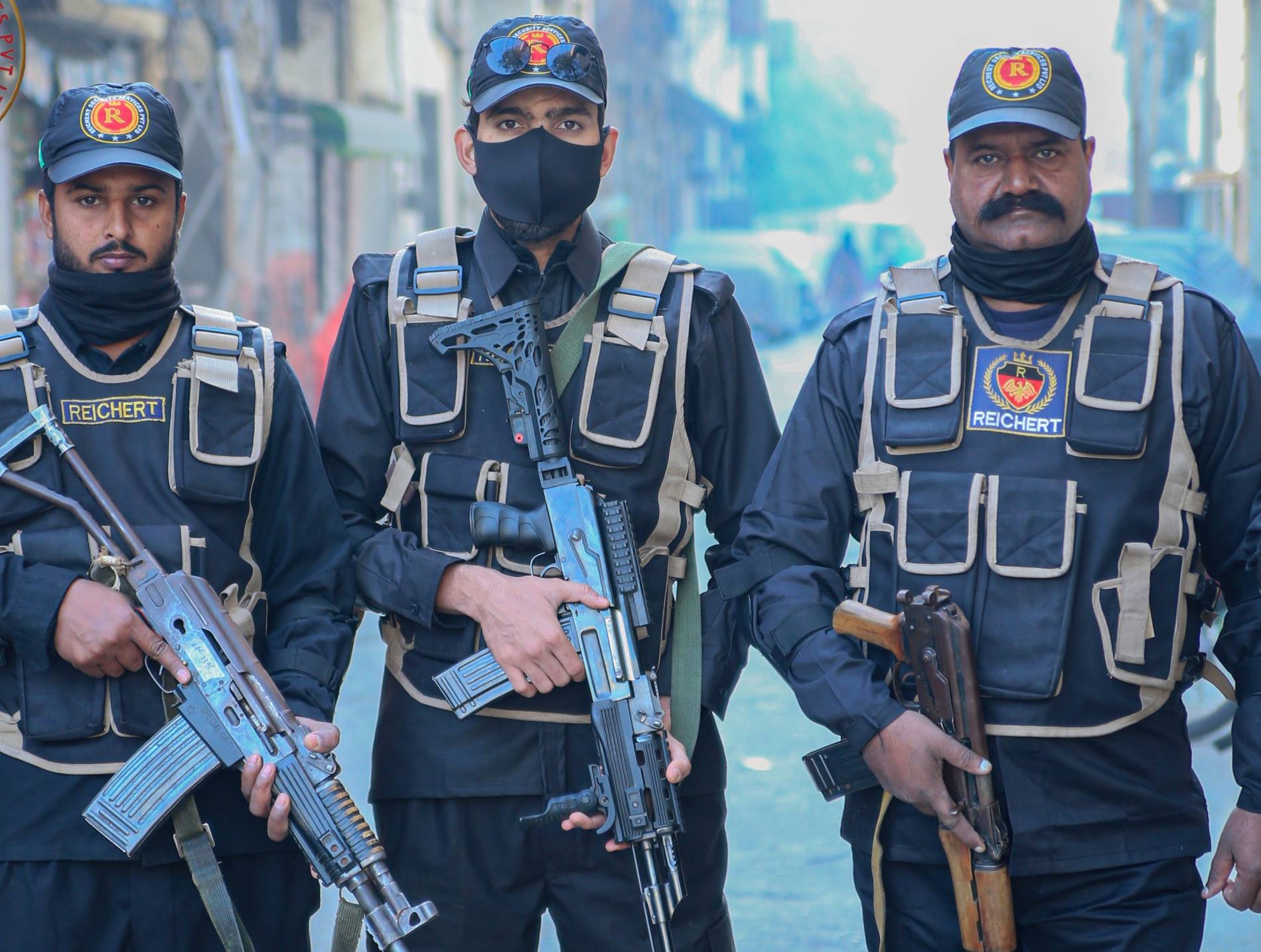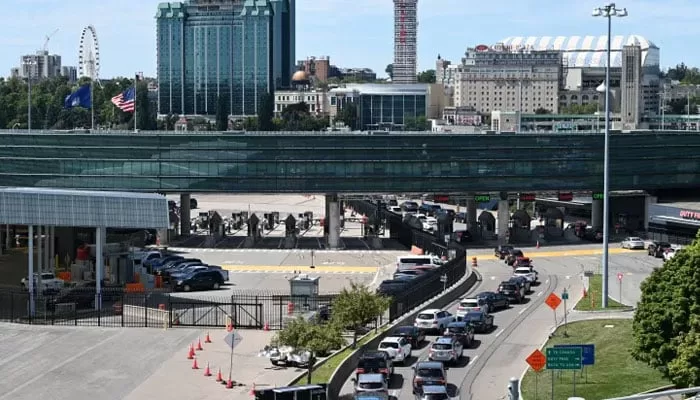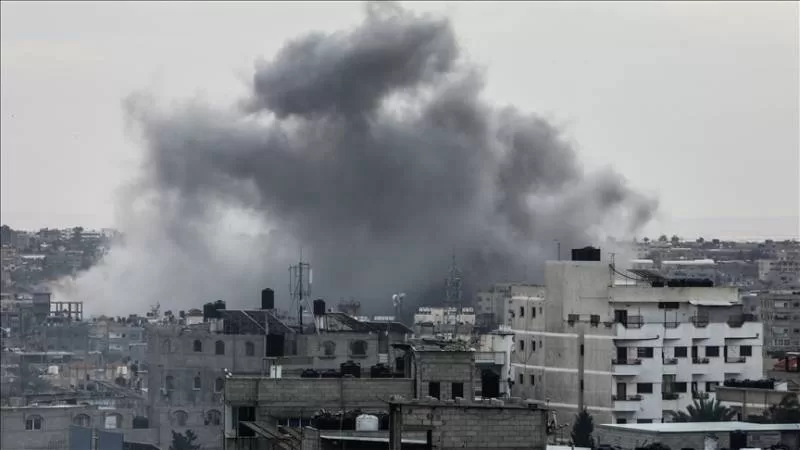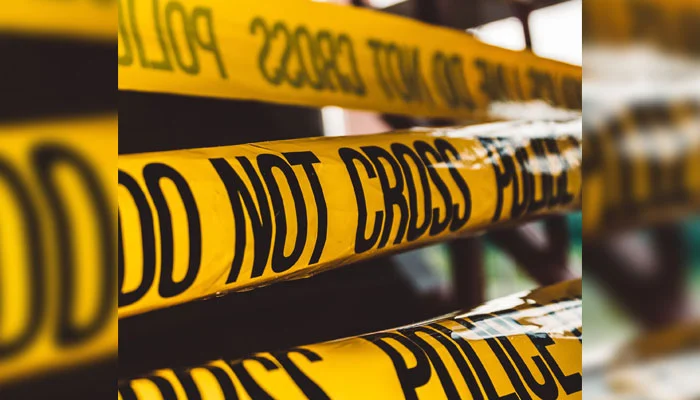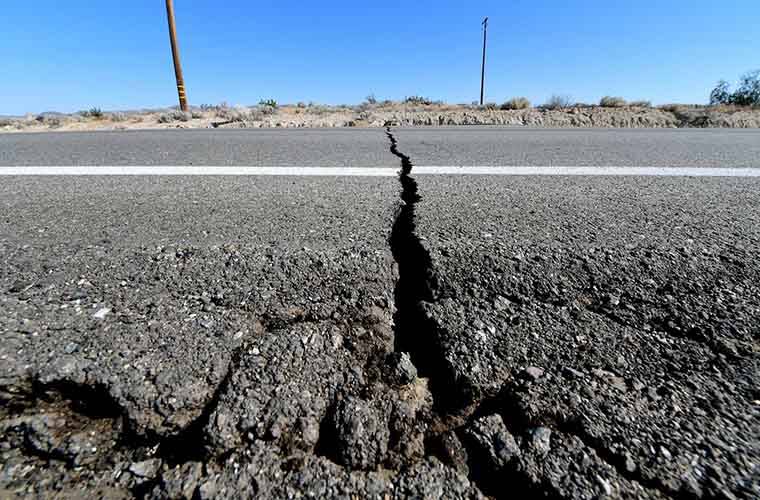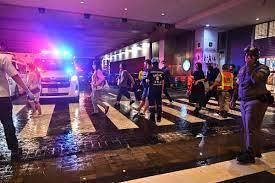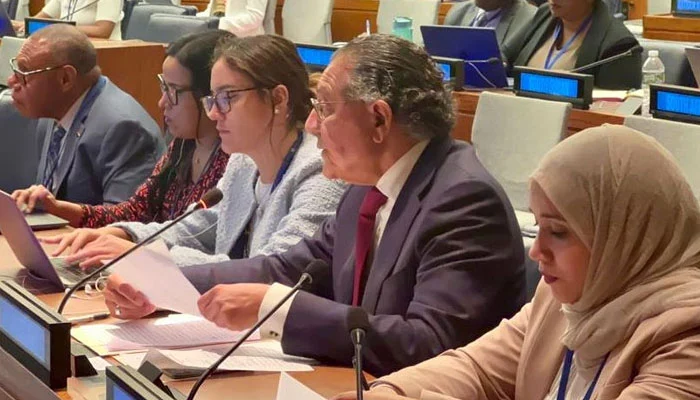Situation demands Pakistan to enhance defence capability: PM
ISLAMABAD/RISALPUR – Caretaker Prime Minister Anwaarul Haq Kakar on Tuesday said peace in the region could not be guaranteed till the resolution of the dispute of Jammu and Kashmir between Pakistan and India. “Let me make it clear that there can be no peace without the settlement of the Jammu and Kashmir issue,” he said in his address at the graduation ceremony of the officers here at the Pakistan Air Force (PAF) Academy Asghar Khan. PM Kakar said Pakistan was a peace-loving nation and wished to maintain friendly relations with all countries, especially its neighbours. He, however, categorically stated that the country’s desire for peace “must not be understood as weakness”. The prime minister strongly condemned the ongoing grave human rights situation in the Indian Illegally Occupied Jammu and Kashmir (IIOJK). Pakistan, he said, would not indulge in any arm race but would continue to enhance its capability in line with evolving technology to deter any aggression. The prime minister highlighted that the rapidly changing geo-strategic environment had a profound impact on Pakistan and rest of the region. No plans for electoral alliance with PTI, says PPP “Therefore, the situation demands advancements in space networks, cyber technology, nano technology and artificial intelligence,” he said. He expressed satisfaction that PAF modernised itself though smart induction of cutting-edge niche technology and achieved great progress in cyber space and non-contact warfare through indigenous means. PM Kakar termed the Armed Forces of Pakistan as professionally competent and well-trained to cope with all internal and external challenges. “The nation holds our Armed Forces in high esteem for the sacrifices they rendered for national defence and for their contribution towards nation-building,” he said. He mentioned that the country’s brave Armed Forces always showed great courage during testing times to keep the national flag high. “I assure you that as a nation we have surmounted challenges in the past and Insha’Allah, we will do so in future and make the country prosperous,” he said. The prime minister congratulated the cadets graduated from the colleges of flying training and aeronautical engineering and expressed confidence that they would give their best professional performance with commitment and diligence. “Being the custodians of the PAF, you carry the hopes of this nation and must work hard to keep abreast with modern technology and trends related to modern warfare,” he told the graduates. Imam-e-Kaaba urges world community to stop Gaza crimes The PAF graduates included 148 General Duty Pilots, 94 Aeronautical Engineers, 104 air defence and 130 of combat support course officers. Earlier, Chief of the Air Staff Air Chief Marshal Zaheer Ahmed Babar Sidhu received the prime minister on the venue. Bugles were blown when PM Kakar as chief guest of the ceremony entered the arena. The prime minister onboard a PAF jeep inspected the formation of the smartly turned out contingents of the PAF falcons. He awarded the prestigious Quaid-e-Azam Banner to the Champions No. 3 Squadron on its consistently best performance in all semesters. The prime minister also pinned badges on the professionally distinguished graduating cadets. The Chief of the Air Staff trophies for best performance were given to Muhammad Moosa Jawad (best pilot), Muhammad Ali Gohar (general aviation), Sajid Sikandar Abbas (air defence), Syed Saad Ali (combat support) and Sohaib Saeed (aeronautical engineering). ECP to release final list of constituencies on Nov 30 The Swords of Honour were awarded to Aviation Cadets Ahmed Malik (flying) and Sohaib Saeed (engineering). The prime minister witnessed a thrilling fly-past of the formations of PAF jets including Mirage, F-7P, JF-17 Thunder and J-10C. Source: https://www.nation.com.pk/22-Nov-2023/v
Situation demands Pakistan to enhance defence capability: PM Read More »
News



